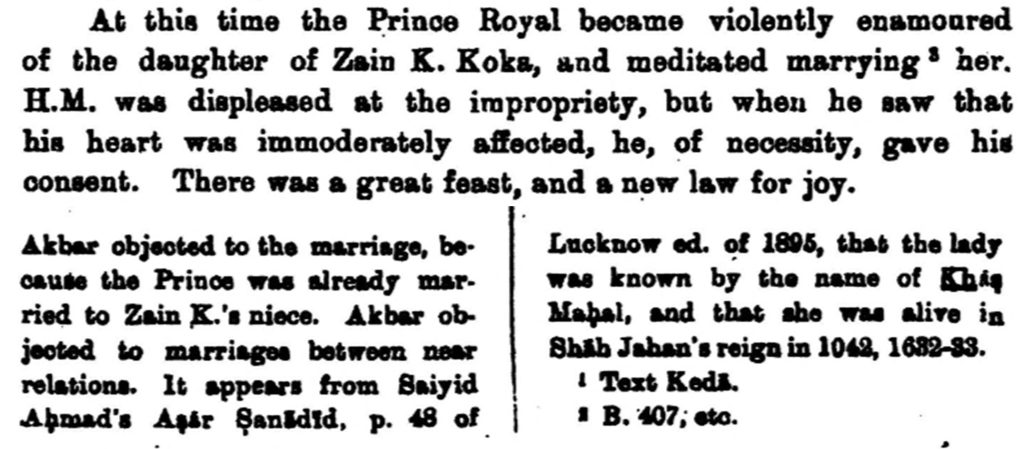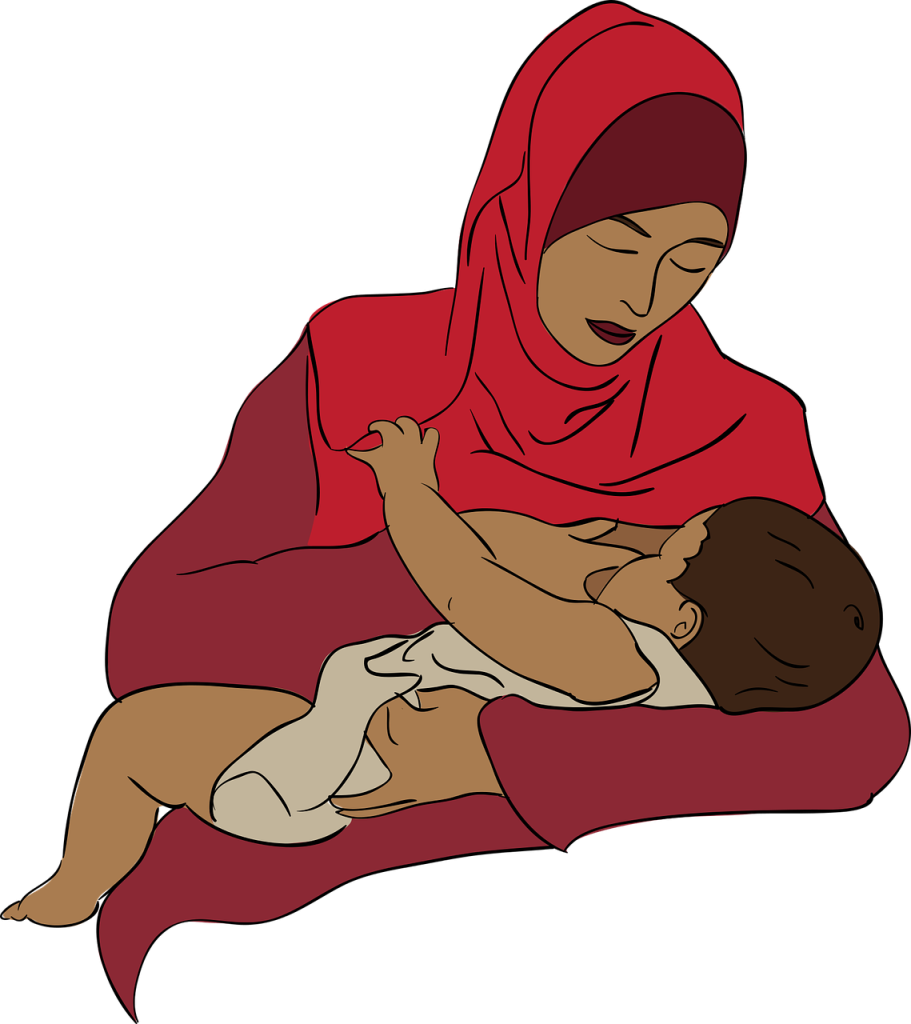Writing The Mumtaz Chronicles has always been about telling a story that seems to be missing from the history books. Since most of what women said and did during the Mughal Era was not documented, there seems to be a treasure trove of undocumented stories to tell. Since nothing was documented, the stories have to be fictionalized.
Here is another piece of history that seems like there is more to the story:

At this time the Prince Royal became violently enamoured of the daughter of Zain K. Koka, and meditated marrying her. His Majesty was displeased at the impropriety, but when he saw that his heart was immoderately affected, he, of necessity, gave his consent. There was a great feast, and a new law for joy.
Akbar objected to the marriage, because the Prince was already married to Zain K.’s niece [Sahib Jamal]. Akbar objected to marriages between near relations. It appears… that the lady was known by the name of Khas Mahal.
This paragraph was the source of The Milk Line.

When I read that both Sahib Jamal and Khas Mahal were related to Pija Jan Anga, and she was a Wet-Nurse for Emperor Akbar, I started reading about the power of breast milk and the concept of The Milk Line was created.
Reference: THICKER THAN BLOOD: THE SOCIAL AND POLITICAL SIGNIFICANCE OF WET NURSES IN MUGHAL EMPIRE OF NORTH INDIA
Author(s): Balkrishan Shivram
Source: Proceedings of the Indian History Congress , 2008, Vol. 69 (2008), pp. 403-416
Published by: Indian History Congress
Stable URL: https://www.jstor.org/stable/44147204
